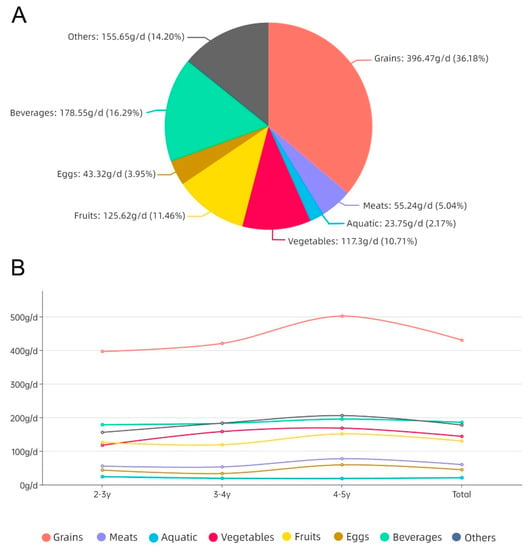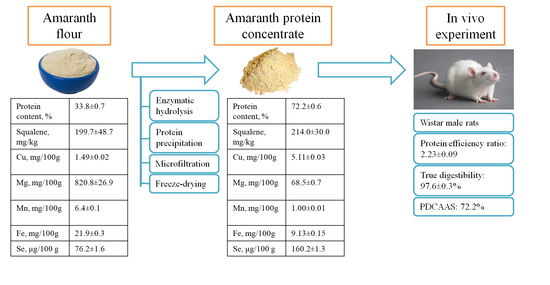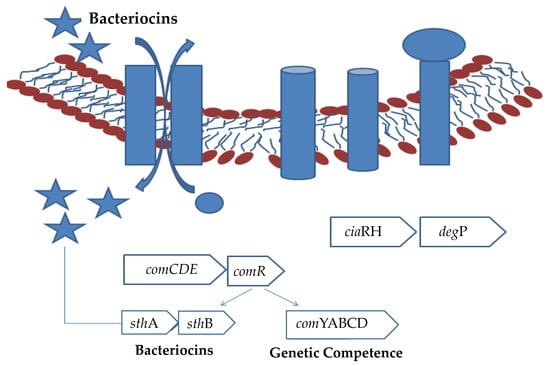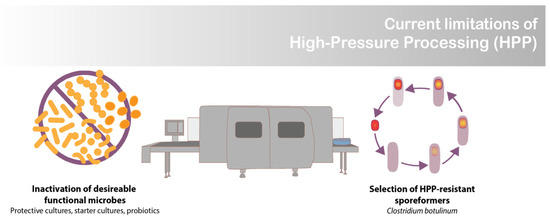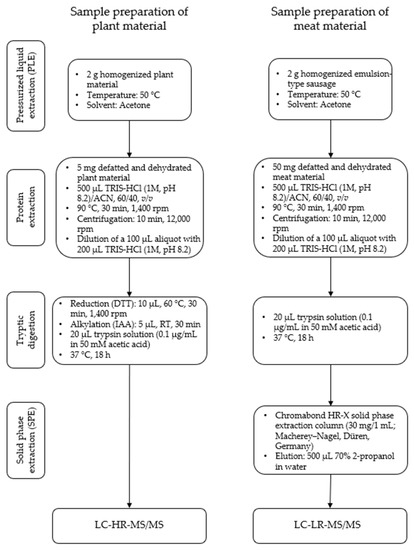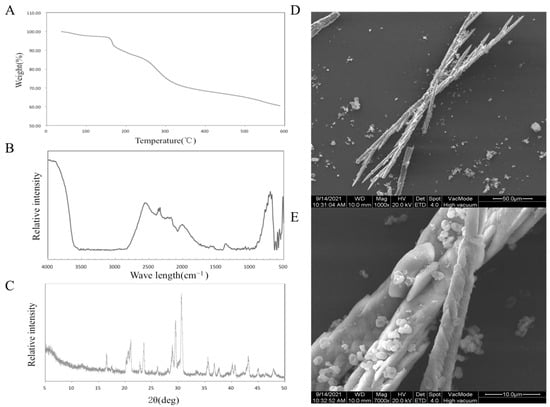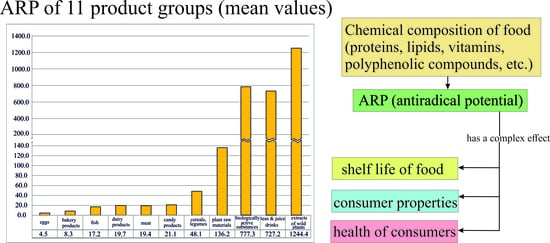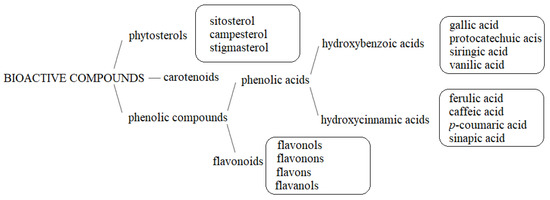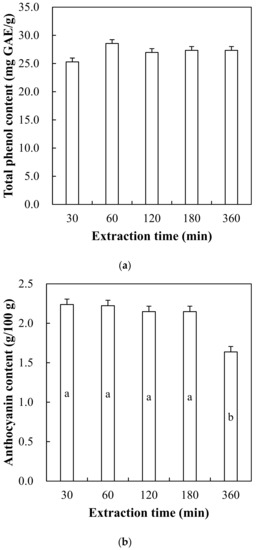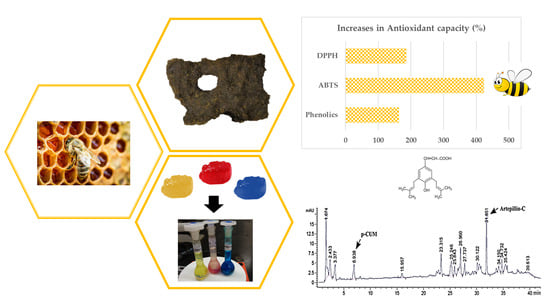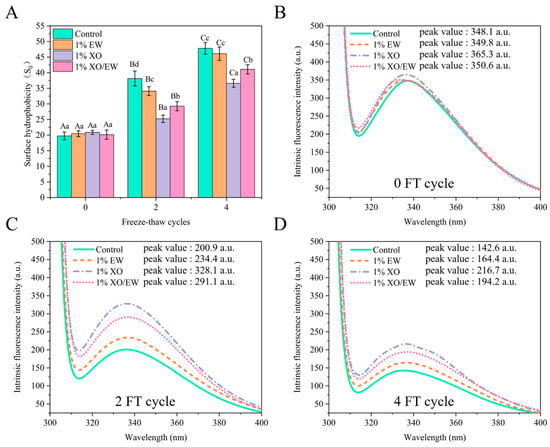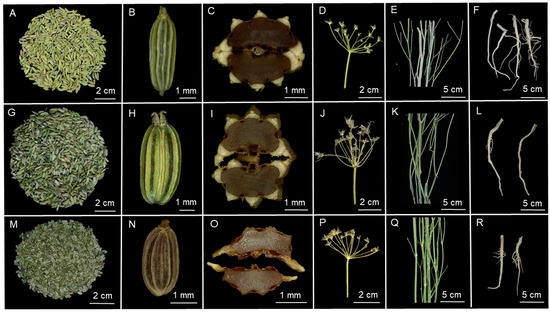Food Additives
A topical collection in Foods (ISSN 2304-8158). This collection belongs to the section "Food Quality and Safety".
Viewed by 48153Editor
Interests: food analysis; meat and meat products; healthy meat; bioactive compounds; active packaging; chromatography; mass spectrometry; fatty acids; polyphenols; natural antioxidant extracts; food science; food technology
Special Issues, Collections and Topics in MDPI journals
Topical Collection Information
Dear Colleagues,
Recent years have witnessed a growing consumer demand for healthier and more nutritional food. With this in mind, the use of multiple additives (traditionally used by the food industry), both in foods of animal and vegetable origin and in the beverage industry, is normally considered by consumers to be “unhealthy”. For this reason, the trend toward the consumption of “clean label” products is increasingly important. However, the use of multiple additives during food processing to improve their technological properties or improve the shelf life of foods is generally necessary, since otherwise, it would be impossible to achieve all the characteristics and the stability that allow their commercialization. In this sense, multiple additives with technological purposes (humectants, gelling agents, acidity regulators, antifoaming agents, emulsifiers, etc.), sensory/organoleptic purposes (sweeteners, colorants, flavor enhancers, etc.) or additives to increase shelf life (antioxidants, preservatives, acids, glazing agents, sequestrants, etc.) are used in the production of all kinds of foods. Recently, and because the safety of some additives used is highly questioned, there has been a tendency to substitute synthetic additives for extracts or natural bioactive compounds. Several compounds from natural sources (vegetable, marine, or animal) have characteristics that make them perfect candidates to be used as colorants (carotenoids, betalains, anthocyanins, etc.), antioxidants (polyphenols, vitamins, peptides, etc.), antimicrobials (essential oils, terpenes, etc.), emulsifiers, and stabilizing agents (carbohydrates, proteins, fibers, etc.) and to reduce or replace synthetic additives. However, both the substitution of some additives and variations in their use can have negative effects on the quality of food.
As such, it seems clear that the use of synthetic and/or natural additives is mandatory for the beverage and food industry. Therefore, I invite researchers to contribute with original or review articles related to the analysis, application, or substitution of additives (both of synthetic and natural origin) to increase the quality of food and beverages.
Dr. Rubén Domínguez
Collection Editor
Manuscript Submission Information
Manuscripts should be submitted online at www.mdpi.com by registering and logging in to this website. Once you are registered, click here to go to the submission form. Manuscripts can be submitted until the deadline. All submissions that pass pre-check are peer-reviewed. Accepted papers will be published continuously in the journal (as soon as accepted) and will be listed together on the collection website. Research articles, review articles as well as short communications are invited. For planned papers, a title and short abstract (about 100 words) can be sent to the Editorial Office for announcement on this website.
Submitted manuscripts should not have been published previously, nor be under consideration for publication elsewhere (except conference proceedings papers). All manuscripts are thoroughly refereed through a single-blind peer-review process. A guide for authors and other relevant information for submission of manuscripts is available on the Instructions for Authors page. Foods is an international peer-reviewed open access semimonthly journal published by MDPI.
Please visit the Instructions for Authors page before submitting a manuscript. The Article Processing Charge (APC) for publication in this open access journal is 2900 CHF (Swiss Francs). Submitted papers should be well formatted and use good English. Authors may use MDPI's English editing service prior to publication or during author revisions.
Keywords
- synthetic additives
- natural additives
- functional foods
- food shelf life
- food industry
- beverage industry
- food safety
- antioxidants and antimicrobials
- bioactive agents
- colorants






